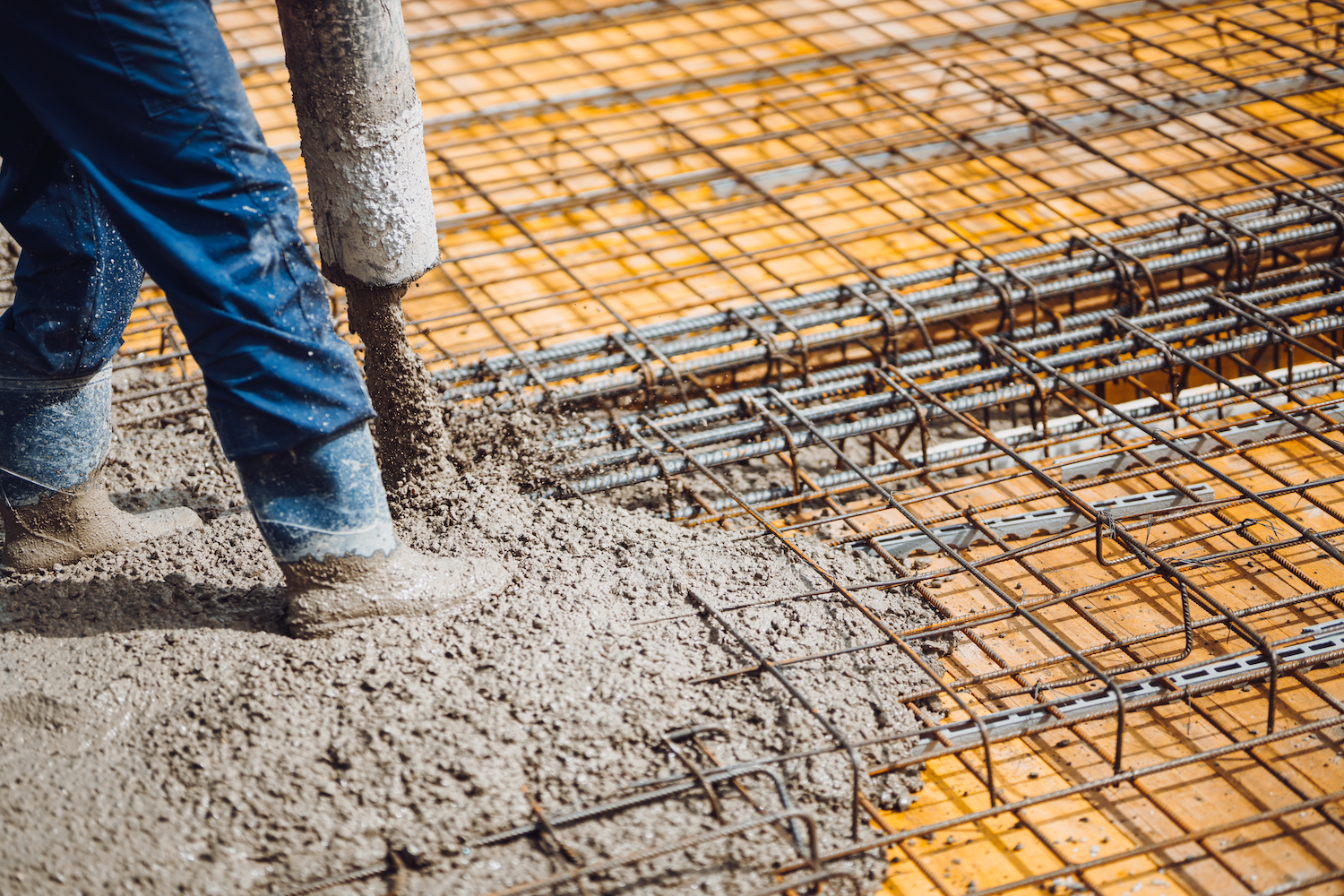Largely missing from conversations around the $1.2 trillion bipartisan infrastructure deal has been an acknowledgement of the impact of past infrastructure investment to underserved communities, notably Black, Indigenous and low-wealth communities.
The Infrastructure Investment and Jobs Act, along with the America Rescue Plan, affords this nation with the opportunity to repair past harm while building infrastructure that serves the needs of underserved communities.
For many Americans, the word “infrastructure” evokes images of quality housing dotted by tree-lined streets, newly laid roads and multi-modal-transit, and state-of-the-art facilities, supplying safe drinking water and reliable energy. This infrastructure translates into access to opportunities and lays the foundation of generational wealth and thriving, prosperous communities.
But for those living in long-neglected and underinvested communities, the negative effects of infrastructure can often outweigh the positives — from exposure to pollution and toxins, to displacement, longer commutes and housing insecurity.
While there is much to be celebrated in America’s first major infrastructure spending bill in a generation, many questions remain about how the funds will be spent and whether new infrastructure projects will help those communities that need it most. It is the responsibility of governments – at the federal, state or local level – to make sure that infrastructure projects build community assets and are driven by the demands and priorities of communities.
Philanthropies can also play an important role by supporting community anchor organizations with the resources needed to elevate residents’ power to engage with local officials and steer decision-making.
The Communities First Fund was created to give communities more of a voice in how government dollars are spent.
Racist history
The last time the American government passed a major infrastructure bill of this magnitude was in the 1950s, highlighted by the construction of the interstate highway system. It’s hard to overstate just how transformative this period of development was for the U.S. economy, increasing mobility and development, as well as making it easier to transport goods and ideas around the country. But it was also the era of segregation, where the freedom of movement was not granted to all and the gains were not evenly distributed among all Americans.
It’s not a coincidence that the Civil Rights movement of the 1950s and 1960s coincided with a period of rapid development that saw most of the economic gains go to a privileged few. Many local officials were legally allowed to use the new roads to break up historically Black communities, forcing residents out of their homes or taking their land, driving a physical wedge through tight-knit groups and disturbing social cohesion, and ultimately reducing their political and economic power.
This also wasn’t the first time that the U.S. government had weaponized infrastructure against BIPOC groups. The building of cities and ports were also used as a tactic to drive out Indigenous peoples from their ancestral land, often under the banner of “manifest destiny.”
There was little that people could do to stand in the way of what elected officials and titans of industry celebrated as economic progress. Those scars remain today, and it’s important that recently elected officials don’t make the wounds even deeper.
Biden’s equitable shovel
President Biden, like many of his Democratic colleagues, ran on a campaign promising to upgrade America’s dilapidated infrastructure and to reduce inequalities in America’s economy. He delivered on at least the first part of the pledge with the passage of the $1.9 trillion Covid stimulus funding and later on the $1.2 trillion infrastructure package, both of which included enormous amounts of funding for both physical and social infrastructure.
By many accounts, the administration is seeking to make good on the second critical part of the promise. In addition to calling on agencies to “pursue a comprehensive approach to advancing equity for all” with his Executive Order on racial equity, the President also instituted the Justice40 Initiative, which aims to deliver 40% of the overall benefits of the federal government’s impact on climate and clean energy, including sustainable transportation, to disadvantaged communities.
These are well-intentioned commitments. But they don’t go far enough in ensuring equity considerations remain front and center in any future infrastructure project.
Reimagining infrastructure
To avoid repeating the mistakes of the past, we need to reimagine how we think about infrastructure and how we hold governments accountable for public spending projects and place-based investment. This is exactly the mission of the Communities First Fund.
We have developed a set of principles to guide future decision-making around infrastructure, including by prioritizing efforts that support people, build civic infrastructure, and address past harm. Through these principles, we call for transformation, including:
- Reimagine risk. We need to invest in people, leaning on the collective wisdom of these impacted communities to find solutions that work and honor community priorities.
- Reimagine power. We need infrastructure investments that prioritize community ownership, self-determination and wealth creation to ensure long-term durability and success, as envisioned by BIPOC communities such as those in Albany, Ga.; Memphis, Tenn., and Jackson, Miss..
- Reimagine accountability. We need to demand accountability at each step of the infrastructure process, from procurement and due diligence to construction and management. We must also hold ourselves accountable to past harm so that we can repair and build systems that elevate the priorities of those most impacted.
We have worked with philanthropists to bring these ideas front and center, but we need a larger coalition to meet this historic moment. This means government, impact investors and civil society organizations must all be willing to embrace these principles (see Community Capital Infrastructure, or CCI, for examples of funds designed to be accountable to communities).
Together, we can reimagine infrastructure and the dream unfulfilled.
Helen Chin serves as president of the Communities First Fund and as a senior fellow at Race Forward and Amalgamated Foundation.











